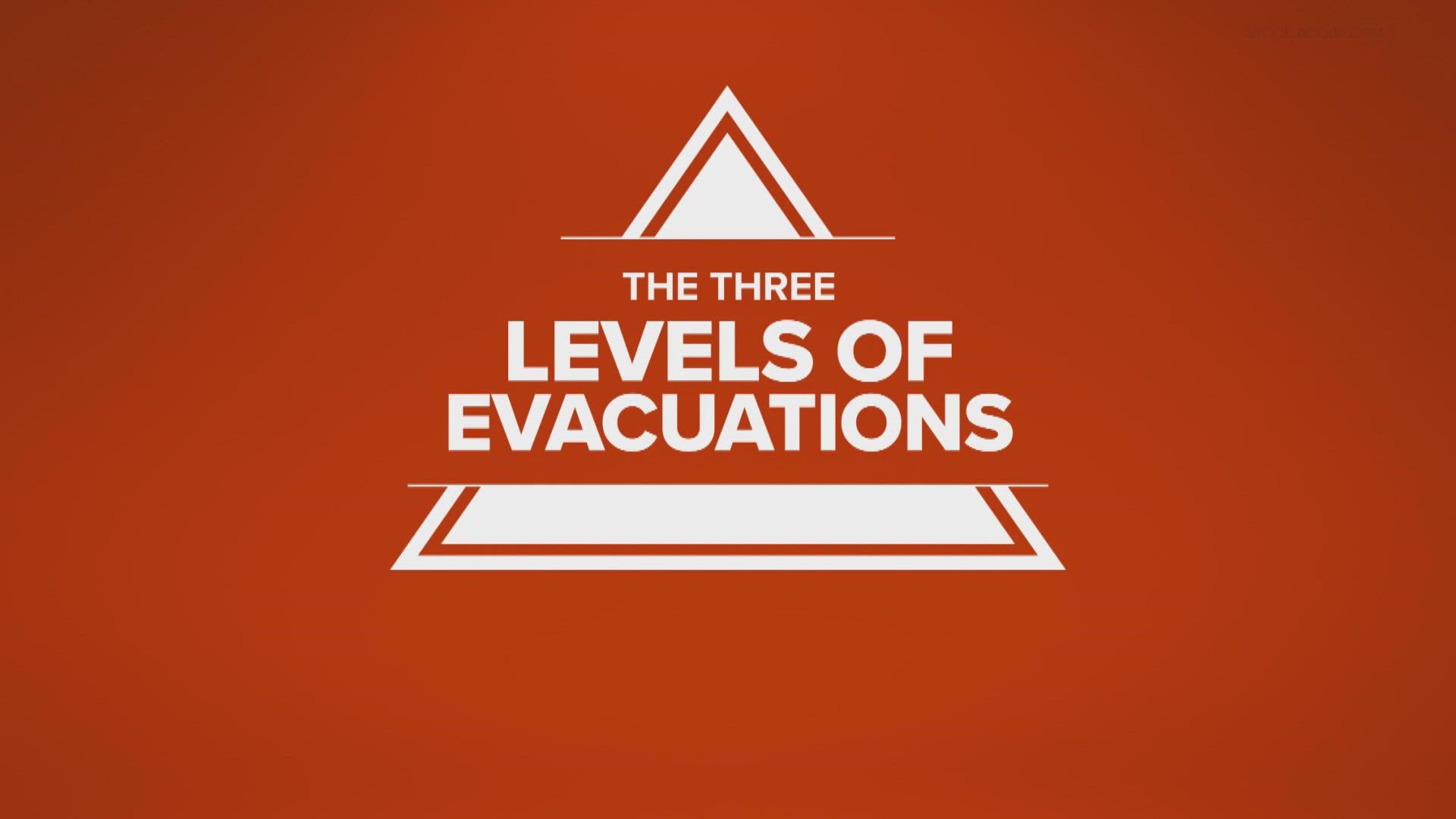YOSEMITE, Calif. — The largest grove of giant sequoias in Yosemite National Park remained closed Saturday as firefighters battled a blaze that threatened the gathering of the iconic trees and forced hundreds of campers to evacuate.
The rest of the park in California remained open, though smoke that hung in the air obscured some of the most scenic vistas and views.
More than 500 mature sequoias were threatened in the Mariposa Grove but as of Saturday afternoon there were no reports of severe damage to any named trees, including the 3,000-year-old Grizzly Giant. Some of the massive trunks were wrapped in fire-resistant foil for protection as the blaze burned out of control.
The cause of the fire was under investigation.
Beyond the trees, the small community of Wawona, which is surrounded by park and a campground, was under threat, with people ordered to leave their homes and campsites on Friday night.
The fire was proving difficult to contain, with firefighters throwing “every tactic imaginable" at it, said Nancy Phillipe, a Yosemite fire information spokesperson. That included air drops of fire retardant as well as the planned use of bulldozers to create fire lines, a tactic that's rarely used in a wilderness setting like Yosemite, Phillipe said.
The bulldozers would primarily be used to put in fire lines to protect Wawona, she said. About 600 to 700 people who were staying at the Wawona campground in tents, cabins and an historic hotel were ordered to leave.
Though firefighters were facing hot and dry conditions, they didn't have to contend with intense winds on Saturday, said Jeffrey Barlow, senior meteorologist with the National Weather Service in Hanford. Given the relatively small size of the fire and minimal winds, smoke impacts were not expected to stretch far beyond the park, he said.
The giant sequoias, native in only about 70 groves spread along the western slope of California’s Sierra Nevada range, were once considered impervious to flames but have become increasingly vulnerable as wildfires fueled by a buildup of undergrowth from a century of fire suppression and drought exacerbated by climate change have become more intense and destructive.
Lightning-sparked wildfires over the past two years have killed up to a fifth of the estimated 75,000 large sequoias, which are the biggest trees by volume.
There was no obvious natural spark for the fire that broke out Thursday next to the park’s Washburn Trail, Phillipe said. Smoke was reported by visitors walking in the grove that reopened in 2018 after a $40 million renovation that took three years.
The fire had grown to about 1.1 square miles (2.8 square kilometers) by Saturday morning.
A fierce windstorm ripped through the grove a year-and-a-half ago and toppled 15 giant sequoias, along with countless other trees.
The downed trees, along with massive numbers of pines killed by bark beetles, provided ample fuel for the flames.
The park has used prescribed burns to clear brush around the sequoias, which helps protect them if flames spread farther into the grove.
Meanwhile, most evacuation orders were lifted Saturday in the Sierra foothills about 80 miles (128 kilometers) to the northwest of the Yosemite fire, where a fire broke out on July 4. The Electra Fire that began near Jackson was mostly contained, and only areas directly within the fire's perimeter remained under evacuation orders, according to the California Department of Forestry and Fire Protection.
STAY INFORMED:
Fire Map
This wildfire map was created using data from NASA, NGA, USGS and FEMA.
WILDFIRE PREPS
According to Cal Fire, the 2021 fire season started earlier than previous years, but also ended earlier, as well. January 2021 saw just under 1,200 acres burned from nearly 300 wildfires. Fires picked up in the summer when the Dixie Fire burned in five Northern California counties — Butte, Plumas, Shasta, Lassen and Tehama. The Dixie Fire started on July 13 and wasn't contained until Oct. 25, burning nearly 1 million acres. It has since become the second-largest wildfire in state history and the largest non-complex fire.
Overall, 2.5 million acres were burned in 2021 from 8,835 wildfires. Over 3,600 structures were destroyed and 3 people were killed.
If you live in a wildfire-prone zone, Cal Fire suggests creating a defensible space around your home. Defensible space is an area around a building in which vegetation and other debris are completely cleared. At least 100 feet is recommended.
The Department of Homeland Security suggests assembling an emergency kit that has important documents, N95 respirator masks, and supplies to grab with you if you’re forced to leave at a moment’s notice. The agency also suggests signing up for local warning system notifications and knowing your community’s evacuation plans best to prepare yourself and your family in cases of wildfires.
Some counties use Nixle alerts to update residents on severe weather, wildfires, and other news. To sign up, visit www.nixle.com or text your zip code to 888777 to start receiving alerts.
PG&E customers can also subscribe to alerts via text, email, or phone call. If you're a PG&E customer, visit the Profile & Alerts section of your account to register.
What questions do you have about the latest wildfires? If you're impacted by the wildfires, what would you like to know? Text the ABC10 team at (916) 321-3310.

















